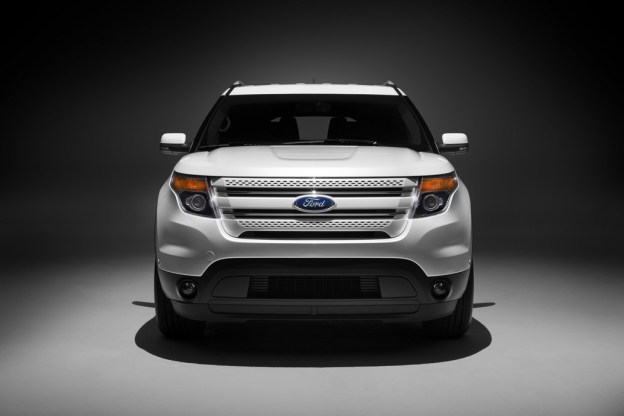
Auto manufacturing giants Ford Motor Corp. and Toyota Motor Corp. announced today plans to collaborate on the development of a new rear-wheel-drive hybrid system for pickup trucks and sport-utility vehicles. The preliminary partnership deal follows the Obama administration’s recently announced plans to drastically increase fuel-efficiency standards over the next 15 years.
The plan between the two car companies, both of which are currently leaders in the hybrid car market, requires that vehicles based upon the new hybrid system go on sale within the next decade. The new system will be integrated into the future vehicles of each company independently from one another, and they will sell their vehicles separately. (In other words, the new hybrid trucks and SUVs will not carry both the Ford and Toyota brand names, as the development partnership might imply.)
Ford and Toyota will also work together on the development of “safer, more secure and more convenient” in-car communications systems, as well as “Internet-based” services, according to a statement released by the companies today.
The companies say that they decided it would be more beneficial to work together on creating the next-generation of hybrid vehicles than to compete against each other.
“By working together, we will be able to serve our customers with the very best affordable, advanced powertrains, delivering even better fuel economy,” said Ford President and CEO Alan Mulally. “This is the kind of collaborative effort that is required to address the big global challenges of energy independence and environmental sustainability.”
The new fuel efficiency standards set forth by the Obama administration last month requires carmakers to increase the average miles-per-gallon rating of their entire fleets up to a minimum 54.5 MPG by the year 2025. Increasing the fuel efficiency of their most egregious gas guzzlers (i.e. trucks and SUVs) with a new hybrid system allows Ford and Toyota to comply to the government’s new standards more easily.
(Pictured: 2012 Ford Escape Hybrid)
Editors' Recommendations
- Ford Mustang Mach-E Rally kicks up some dirt
- 2022 Toyota Tundra hybrid first drive review: New dog, old tricks
- President Biden drives Ford F-150 Lightning electric-truck prototype
- 2021 Ford F-150 hybrid first drive review: Tech can be tough
- The best hybrid SUVs


